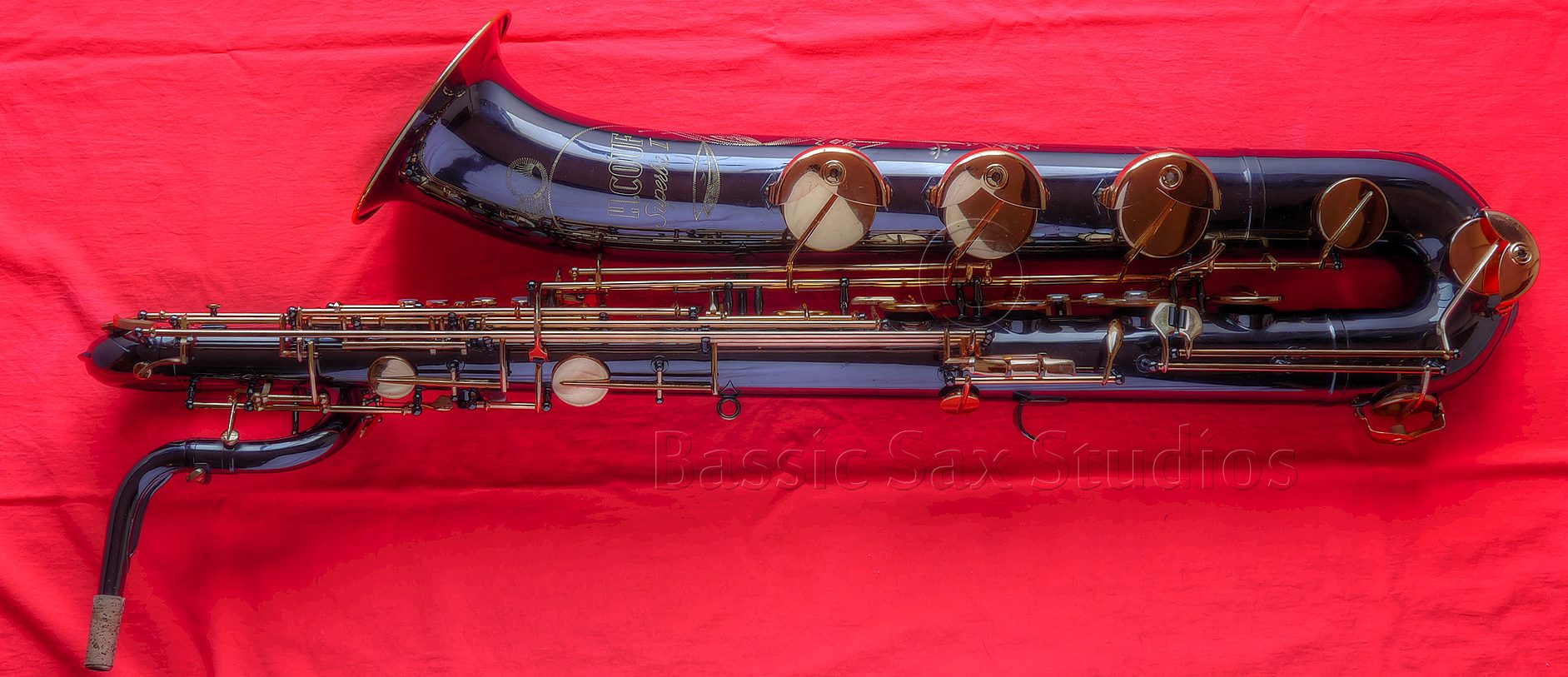This Keilwerth saxophone genealogy chart tracks how the Graslitz horns evolved, became the saxophones that were produced in Nauheim, and ultimately how they turned into the modern horns we can buy from the company today.
JK Models Over the Decades
| Decade | Model Levels from the most basic to move advance | ||||||
|---|---|---|---|---|---|---|---|
| 1930s | Modell V * -Simplest Model -No MOP or rollers -Limited range | Modell L -Simplest Model -No MOP or rollers | Modell 4 -Simple Model -With MOP & roller | Modell 3 -Some with front F -Drawn & rolled tone holes -Microtuner -MOP key touches | Modell 2 (American Model) -Like Modell 3 with extra features - G# triller -Stronger neck guard -gold wash bell | Model 1 -Like Modell II, with added features -MOP rollers -Fork Eb -Pant guard | Modell Soloist -Like Modell 1 but with additional MOP key touches inlaid |
| 1940s | King | The New King | Toneking 1 | Toneking Solo | |||
| 1950s | The New King | Toneking | |||||
| 1960s | The New King -high F only | Toneking -Keyed to high F# | Toneking Special | ||||
| 1970s | Student | The New King | Toneking | Toneking Special | |||
| 1980s | Student | Toneking -High F -High F# for extra $ | Toneking Special | Toneking Exclusive -straight tone hole |
|||
| 1990s | ST90 | EX90 | SX90 | Peter Ponzol -'86-93 with rolled tone holes -after that called the SX90R |
|||
| 2000 | ST90 | EX90 | SX90 | SX90R | |||
| 2010 | ST | SX90 | SX90R | ||||
| 2015 | ST | MKX | SX90 | SX90R |
Note: Not all horns were stamped with their model numbers (Modell), and not all features were available in all voices of horns. This is a broad-strokes chart to show evolution, not necessarily horn-specific features.
*I have found no evidence from any sources that the Modell V exists, yet it clearly does.


